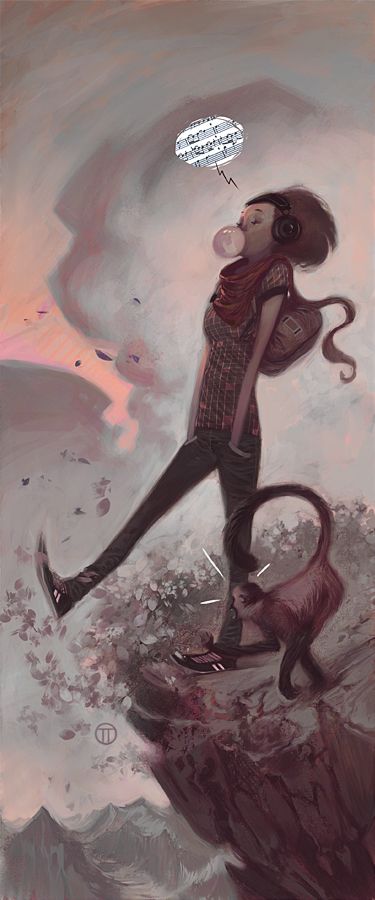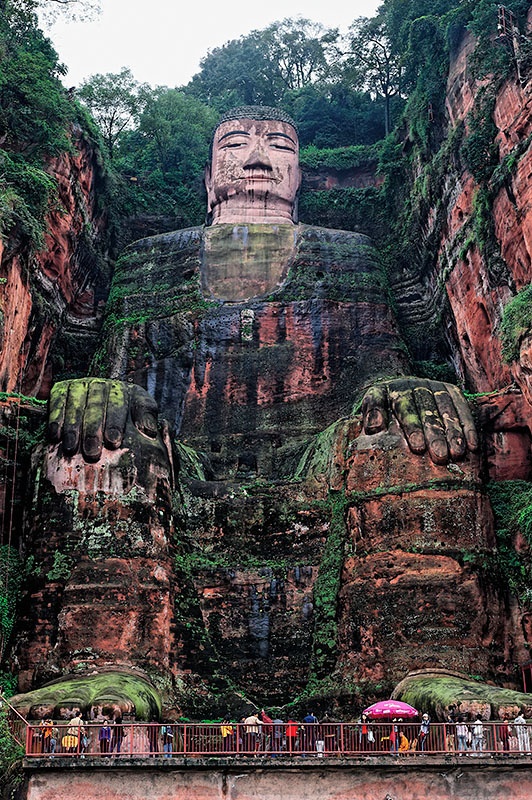Dear Integral Meditators,
This weeks article uses a series of six simple images to try and communicate the basic enlightenment experience. In June I’ll be doing a workshop on meditation for cultivating the enlightenment experience, this article is one way of exploring this space.
I’ll be facilitating the three hour Mindful Self-Leadership workshop again on the 7th June for those interested. It will be at the CLIA workshop space on Khoon Seng Road.
Finally, I-Awake technologies are having a 50% Sale on until Monday evening US time, I’ve placed the details at the bottom of this newsletter, do check it out!
Yours in the spirit of enlightenment,
Toby
Upcoming Meditation Classes and Workshops at Integral Meditation Asia in June:
Mindful Self-Leadership: Taking Control of Your Life Through the Practice of Mindful Self-Leadership – A Five Week Online Course (This is ongoing and can be entered into at any time)
Saturday 7th June, 2.30-5.30pm – Mindful Self-Leadership Course at CLIA(Creative Leadership in Asia)
Enlightened Flow: Finding the Ultimate Relaxation and Release from Stress – A Practical Three Hour Meditation Workshop
Free Preview Talk: Tuesday , 17th June, 7.30-8.30pm at the Reiki Centre
The Three Hour Workshop: Sunday 29th June, 9.30am-12.30pm
Click title link for details of both Enlightened Flow events.
 Enlightenment Visualization
Enlightenment Visualization
The following is a visualization process for connecting experientially to the experience of spiritual enlightenment. By Spiritual Enlightenment here I mean connecting to the formless, timeless, unified dimension or reality that underlies both the outer world of our body and senses, and the inner world of our mind.
The best artists use their pictures/creations to connect the viewer to a deeper dimension of their being. Very often a picture or image speaks louder, more clearly and more practically to us than abstract concepts (not always, but often). The point of this visualization exercise therefore is to describe in a series of 6 key images how to connect to the enlightenment experience without giving too much philosophy; the images connect you to the meaning.
Stage 1: Sit quietly for a while, bringing your attention to your body and the breathing. Use your exhalation to release tension from your mind and body and enter as deep and relaxed a state of awareness as you can.
Stage 2: Now imagine that the world around the room or space in which you are seated gradually dissolves in to light, space and emptiness. It is just you and the room surrounded by an infinity of light and empty space.
Stage 3: Now imagine that the room where you are seated dissolves into light, space and emptiness; it is just you, and your body sitting in this living, empty infinity.
Stage 4: Now imagine that your body itself dissolves away into light, space and emptiness so that all you are experiencing is a huge unified space of light and emptiness with no beginning and no end. For the main section of the meditation, rest in this space of formless timeless spaciousness as deeply as you can. This is the initial focus of the experience of spiritual enlightenment as we are describing it in this exercise.
Stage 5: When you are ready, from this unified space of formless timeless emptiness see the barest trace of your body outlined in that space, in lines and points of light. Gradually your room and the whole world around it also appear in this ghostly white framework of lines and points of light. The main experience is still one of spacious light, emptiness and unity, but traced within that timeless space is now your entire world of time and space, with your body in the centre.
Stage 6: Gradually see your body and the world around you becoming more solid and real, filled with colour, texture, weight, sound and so on. See this solid ‘real’ world emerging or arising from the vast infinity of formless, timeless infinity that you have been resting in during stage 4.
The formless timeless unity of enlightenment and the diverse solid and sometimes chaotic world of time and space exist as one, as a mutually supporting unity.
When you are ready you can bring your meditation to a close. When you are out of meditation the practice them becomes to recognize that the real, solid world around you is arising and one with the timeless domain of enlightenment. They are not two different objects, but the same reality appearing in two different ways.
As I mention below, the I-Awake sale is on, with 50% off all tracks until Monday 26th May. The tracks that best support the meditation I have described in this article would be Audio Serenity, Harmonic Resonance Meditation and Meditative Ocean.
© Toby Ouvry 2014, you are welcome to use or share this article, but please cite Toby as the source and include reference to his website www.tobyouvry.com

Our friends at I-Awake technologies are offering a 50% discount on all digital downloads of ALL their products in their 5 day memorial day sale!
Its a great opportunity to get some amazing products and technologies to support your meditation practice and peace of mind at a great price.
Check out the link for full details!










